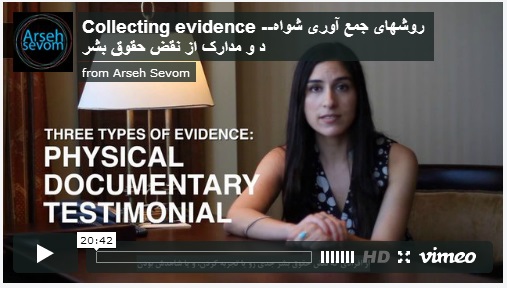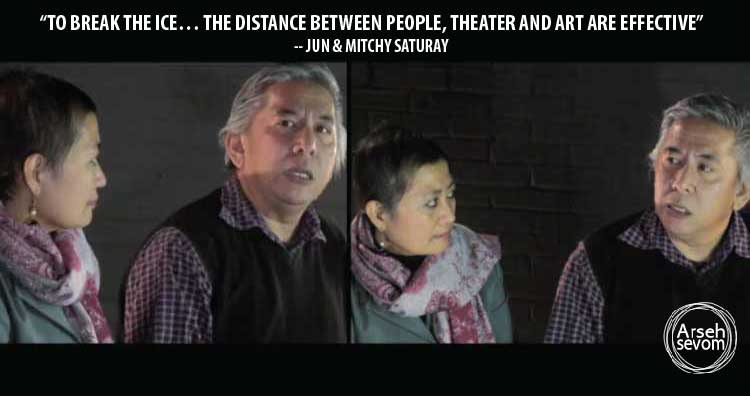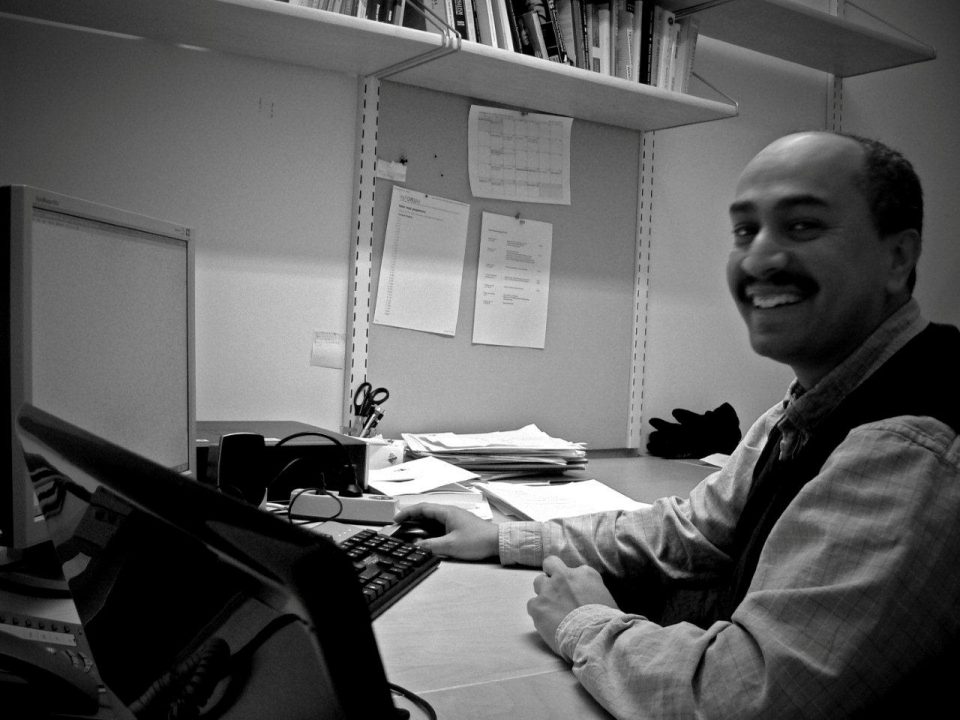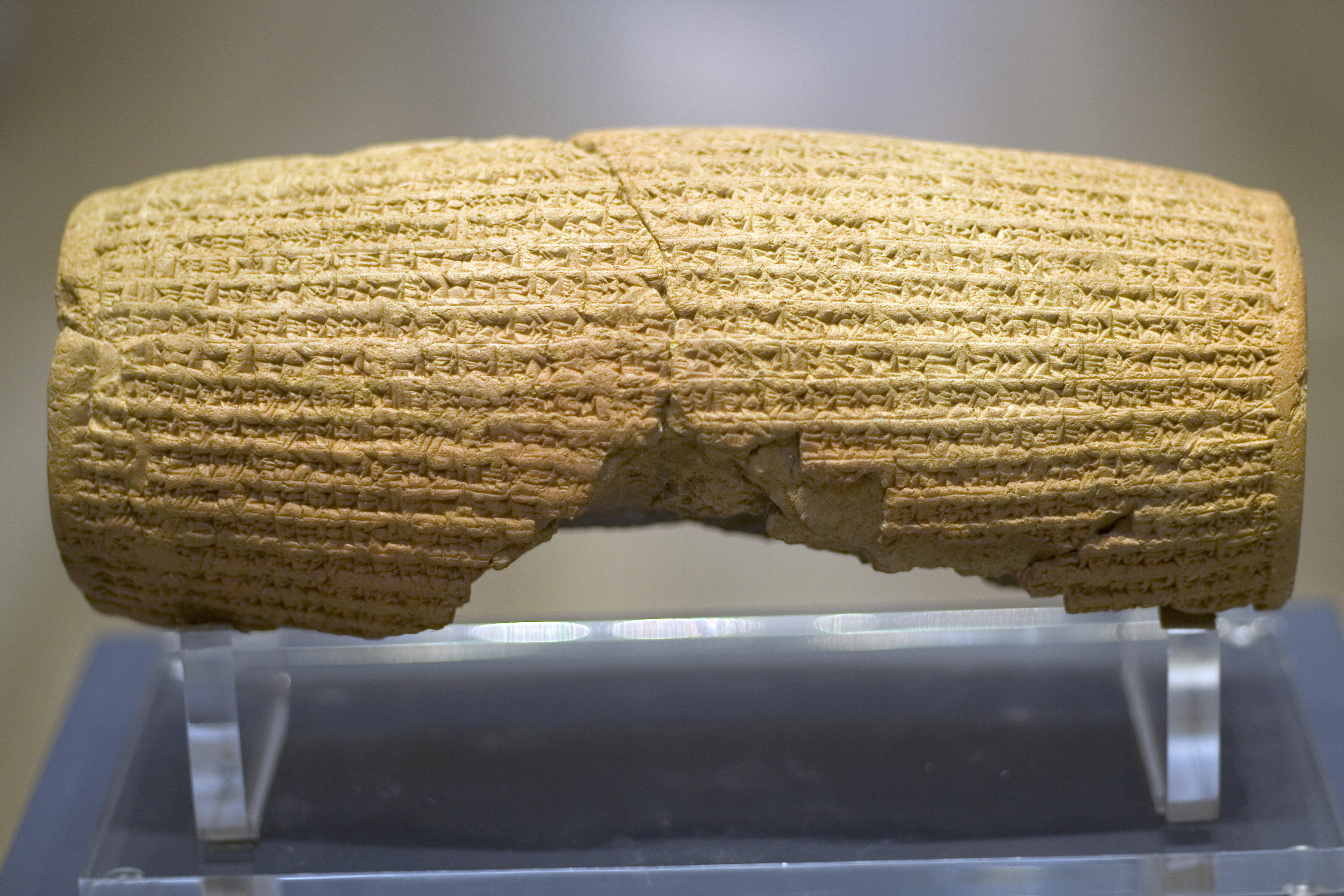
Event: Does the #CyrusCylinder Still Speak to Us Today
October 7, 2013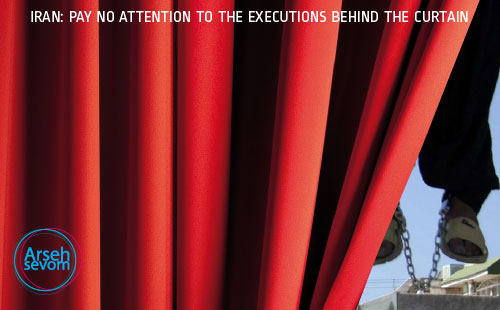
#Iran — Has the Time Come for a Thaw in Relations with Its Own People?
October 9, 2013Arseh Sevom — Gissou Nia, the director of the Iran Human Rights Documentation Center, talked to Arseh Sevom about best practices for interviewing to document human rights violations. The video takes about 25 minutes to watch. It is filled with tips and advice that even experts can learn from.
Despite the fact that witness testimony of human rights violations is often done outside of a legal framework, Nia recommends following strict guidelines and learning from the way that witnesses are interviewed for legal proceedings. She states:
“We need to know how to properly interview a witness, put them at ease, get the most truthful and accurate account, and be able to inform them of where this evidence will go at a later stage.”
What follows is a brief overview of the key points. This does not cover all the points made, so be sure to watch the video.
Interviewing Witnesses of Human Rights Violations
Be Prepared
Know your witness: Do background checks of your witnesses, even if it’s not more than a Google search. There is often a lot you can discover from an internet search. You should have as much information as possible about your witness before beginning the interview.
Logistics: An interview can last from 5 hours to 16 hours. Think about this when determining where to host the interview. The home of the witness may be comfortable, yet distracting. A safe, neutral location with few distractions might be the best solution.
Should I bring a second interviewer?: Interviews can be grueling. Your attention may flag. For this reason you might want to bring a second person along to help with the interviewing.
Get consent: Prepare a written consent form to present to the witness. This form should clarify the following:
- Use of the information
- How the identity of the person will be shared (open or with a pseudonyms)
- Any protective measures that need to be taken
The Interview
Listen without judgment: As an interviewer, you want to remember that you are not a friend. One woman who was interviewed as a witness stated clearly, “I am not a victim. I don’t want your pity.” Nia recommends learning to remain composed with a steady demeanor. Show that you are listening without judging the content of the testimony. Don’t be animated. Testimony should be unsolicited, not a response to what the witness thinks you want to hear.
Talkative or quiet: There are many types of witnesses. They range from easy talkers to those who are unwilling or unable to tell their story. When a witness is unwilling or unable to talk, you may need to ask yes or no questions.
Beginning the interview: It’s best to begin with an open question. Let the witness tell the story in any way they would like. This helps make the witness comfortable and allows them to talk about what happened on their own terms. It gives them time to gather their thoughts.
This can take five to forty minutes. You may need to prompt the witness with questions that ask to describe, explain, or tell.
After asking an open question, you will want to get more specific about certain parts of the testimony. Get the witness to describe parts of the testimony in more and more detail.
Don’t ask leading questions: Allow them to explain in their own words “You don’t want to testify for them,” Nia reminds us. Some examples of useful questions include:
- How were they dressed?
- What kind of car were they driving?
- Who is “They”?
Who, what, where when, and how do you know? Make sure to get answers to the basics: Who, what, where when? There is one more question that might not seem as obvious: How do they know? Witnesses can sound as though they are making first-hand statements when in reality they are relaying information from a book or from someone else. Make sure to know how they know.
Dealing with Challenges
Discrepancies in the testimony. Once you have heard the complete story, you may come across discrepancies in the testimony itself or with other documentation. These need to be addressed with the witness.
The danger here is putting the witness on the defensive. This can be delicate. Make sure they know you are not judging them. You are just trying to get them to clarify or explain the disconnect between their testimony and what is documented.
Wrapping Up
Respect. Show the witness respect. This person has been through a lot and their testimony and time are valuable. Do not cut them short. Give them time to tell their complete experience.
When you have gotten all your information and the witness is comfortable with what they have said, then you can end the interview.
Next steps. Let the witness know what the next step is. Will this be published? How? Where?
Don’t forget to exchange contact information.
Assessing Credibility and Cultural Considerations
If the account is too precise that may be a red flag. You need to get clarification from the witness about this. They might have kept a journal, for instance. Make sure to ask how they are able to recollect with such precision.
After the Interview
Reflect. What has the interview added to your overall investigation? You want to reflect on this question immediately while the interview is fresh in your memory. Make notes for later.
Remember:
AN EFFECTIVE INTERVIEWER LISTENS MORE THAN THEY TALK


